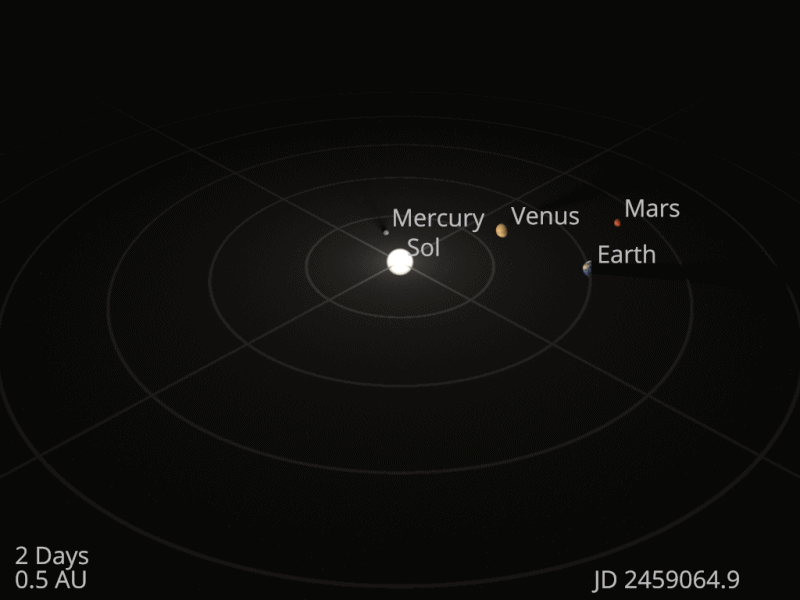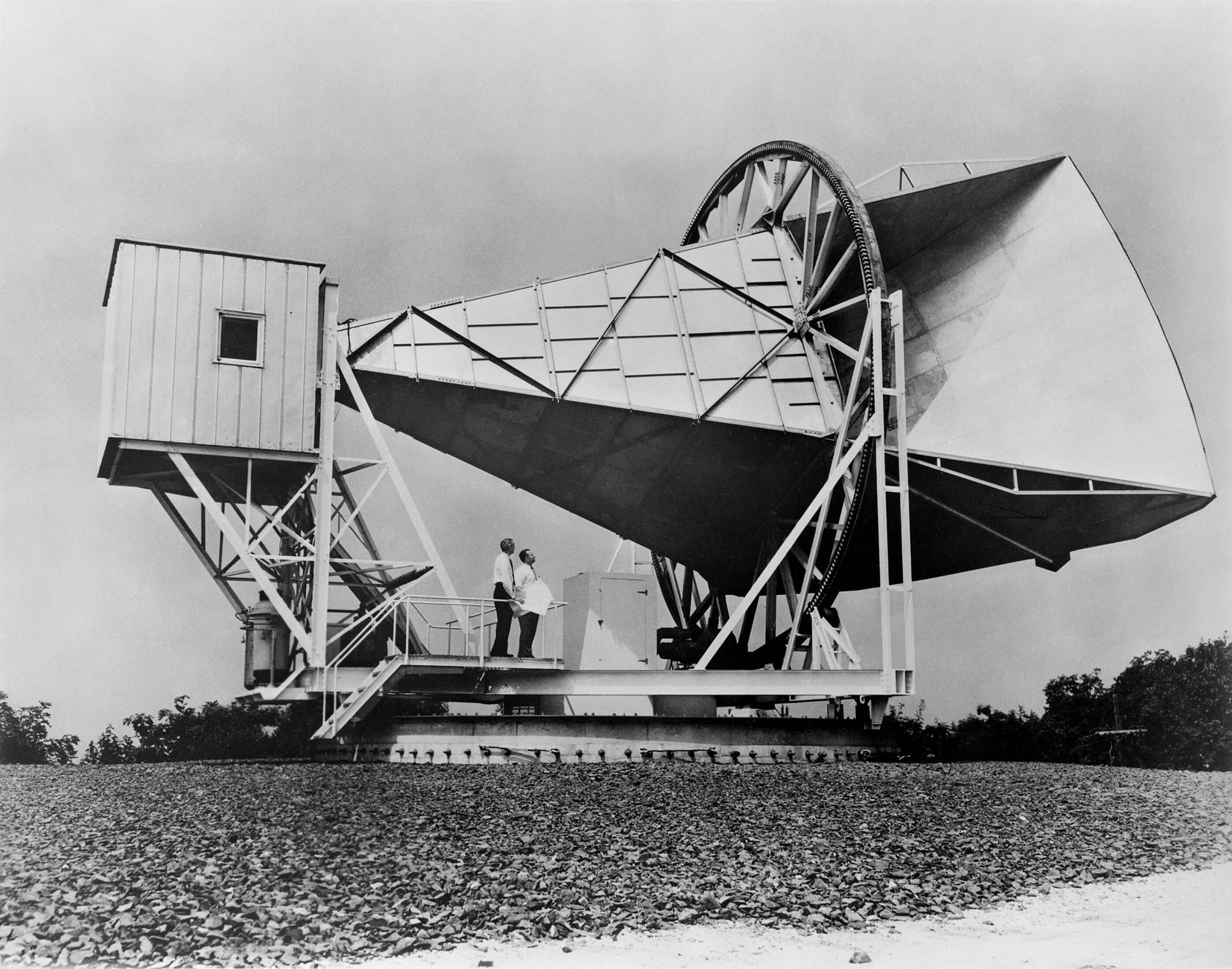This page may load slowly, thank you for your patience. The images below are licensed for sharing or in the public domain. Most of them were found on Wikimedia Commons. Click any image for more information and a link to its source.
Carousel Cosmos
This is How the Carousel Spins.
Each ride ends and a new one begins at sunset. Sunset is the best time to ride this carousel. Feel free to come and go while the carousel remains in motion.
Some of its workings are better understood than others, but we can say for certain that this carousel is turning on a bigger carousel, on a bigger carousel, on a bigger carousel, and that the whole apparatus is loop-the-looping through space and hurtling outward toward the edge of the universe with us on board, though it may appear to be standing still. This is how the Carousel works:
1. The Earth Spins on it’s own axis at about 0.465 km per second, or about 1,000 miles per hour at the equator. Because the Western Promenade is closer to the earth’s axis than the equator, we’re only spinning at about 700 miles per hour. Each rotation, in any case, takes one Earth day or 24 hours.
2. The Earth also orbits the sun, at about 30 km or 19 miles per second, which is 67,000 miles per hour. Each rotation takes one year, or 365 days.
3. Our solar system orbits the center of our galaxy, the Milky Way, at 230 km or 143 miles per second, which is close to 515,000 miles per hour! Each rotation takes one galactic year, which is about equal to about 230 million earth years. Some dinosaurs walked on the far side of the galaxy.
Though we don’t perceive it, our solar system is tilted at an odd angle in relation to the rest of the Milky Way. As the sun orbits the galactic center and the planets orbit the sun, the planets, including Earth, trace a helical pattern around the galaxy. More specifically:
“... you are wheeling in a squished corkscrew that shifts to a rolling wheel as it dips above and below the galactic disk tracing flower petals around the Milky Way, which in turn form a galaxy scale helix, the sum total of our wheeling dance across spacetime.”
4. All the galaxies in our galactic neighborhood are dancing and jumping around like gnats in a hurricane, attracted and repelled by areas of higher and lower density within the universe. All of our combined galactic bouncing and dancing happens at about the speed of 600 km or 375 miles per second, which is 1.3 million miles per hour.
Yes, galaxies do bump into each other sometimes. Our galaxy, the Milky Way, and the Andromeda Galaxy for instance, are traveling towards each other at about 109 km per second or 245,000 miles per hour. Someday, but not for at least five billion years, they might collide. If one human generation averages 25 years, we have 200 million generations to sort that problem out. No hurry.
Logarithmic scheme of the observable universe with some of the notable astronomical objects known today, by Pablo Carlos Budassi.
Pablo Carlos Budassi, CC BY-SA 4.0 <https://creativecommons.org/licenses/by-sa/4.0>, via Wikimedia Commons
5. Everything in the observable universe appears to be moving, all the time. All of these astonishing motions are unique to their own frames of reference. How they can be measured depends on what you compare them with. Whether you are traveling at a million miles an hour or standing still right now, is relative. It depends on what you compare yourself with. The ground? A chair? The sun? The suspected origin point of all things?
In 1964, radio astronomers Robert Wilson and Arno Penzias used this 50-foot long antenna to discover the cosmic microwave background, believed to be cooled-down remnants of the universe’s first light.
On a grand scale and maybe the grandest, that fossil radiation provides evidence that the whole universe is still expanding outward from the epicenter of the big bang. It began about 13.8 billion years ago and is not expected to stop, whatever else may happen. That first enormous burst of energy propels us outward at about a rate of 368 km or 230 miles per second, which is 823,000 miles per hour. Apparently we are headed in the same general direction as the constellation Leo.
All of these rotations and propulsions, numbered one through five, are happening on different axes and in different directions. If you add them all up, our path through the expanding cosmos might look something like this:
Yippee!
If you’d like to know more about our unperceived motion through the universe, read this article from the Big Think: How, Exactly, Does Planet Earth Move Through the Universe? or watch this video from PBS Spacetime: How Earth Really Moves Through the Galaxy.
If you’d like to know more about space and time, or rather spacetime, watch this video from PBS Spacetime: What if Space and Time are NOT Real?










